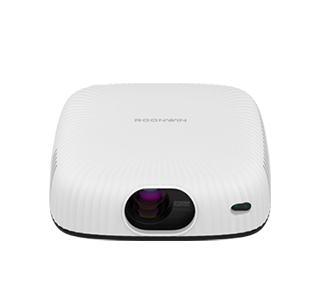
Essential projector accessories are the core items that every projector
user should have, regardless of whether the device is used for home
entertainment, business presentations, or education. These accessories address
fundamental needs like connectivity, stability, image quality, and device
protection—without them, the projector may not function optimally, or the
viewing experience may be significantly compromised.
High - Quality HDMI Cables top the list of essential accessories, as they
are the primary means of connecting the projector to devices like laptops,
gaming consoles, streaming boxes, or Blu - ray players. For most users, a 2.0 or
2.1 HDMI cable is necessary: HDMI 2.0 supports 4K resolution at 60Hz, while HDMI
2.1 handles 4K at 120Hz or 8K at 60Hz—critical for gaming or high - definition
video playback. Choose cables with gold - plated connectors, as they resist
corrosion and ensure a stable signal. The length of the cable depends on the
setup: a 2–3 - meter cable works for close - range connections (e.g., a laptop
on a table near the projector), while a 5–10 - meter cable is needed for ceiling
- mounted projectors or setups where the source device is far away. Avoid cheap,
low - quality HDMI cables, as they can cause signal dropouts, color distortion,
or no connection at all.
A Projection Screen is another non - negotiable essential, as it directly
impacts image quality. While projecting onto a white wall may seem convenient,
walls have uneven surfaces and absorb light, leading to dull colors, low
contrast, and blurred edges. A dedicated projection screen solves these issues:
matte white screens are ideal for dark or dimly lit rooms (e.g., home theaters),
as they reflect light evenly and maintain color accuracy. Ambient Light
Rejecting (ALR) screens are essential for bright rooms (e.g., offices with large
windows or classrooms), as they block stray light from ceilings or windows,
preserving contrast and brightness. Screens come in fixed - frame (permanent
installation) or retractable (manual or motorized) options—fixed - frame screens
offer the best image quality, while retractable screens save space when not in
use. The screen size should be chosen based on the viewing distance: for
example, a 100 - inch screen is suitable for a room where viewers are 3–5 meters
away.
A Stable Mount or Stand is essential for safe and optimal projector
placement. Ceiling mounts are ideal for permanent setups (e.g., home theaters or
conference rooms), as they keep the projector secure and allow for precise
alignment with the screen—look for mounts with weight capacity matching the
projector’s weight (most home projectors weigh 2–5 kg, while commercial models
may be heavier). Wall mounts work well for smaller spaces or when ceiling
installation isn’t feasible, while portable floor stands are perfect for
temporary setups (e.g., trade shows, outdoor movie nights, or classroom
lectures). A stable mount prevents the projector from tipping over (a major risk
with table - placed projectors) and ensures the image remains aligned, avoiding
the need for constant readjustment.
Replacement Air Filters and a Lens Cleaning Kit are essential for
maintaining the projector’s performance and lifespan. Air filters prevent dust
from entering the projector’s interior, where it can clog cooling systems and
damage components like the lamp or circuit boards. Most projectors require
filter cleaning every 2–4 weeks (more often in dusty environments) and
replacement every 6–12 months—having spare filters on hand ensures users don’t
have to delay maintenance. A lens cleaning kit (including a microfiber cloth and
lens cleaning solution) keeps the projector lens free of smudges, fingerprints,
and dust, which can distort images and reduce sharpness. Avoid using household
cleaners or rough cloths, as they can scratch the lens coating—invest in a kit
specifically designed for optical surfaces.
A Surge Protector is often overlooked but is critical for protecting the
projector from electrical damage. Power surges (caused by lightning, faulty
wiring, or appliance startup) can fry the projector’s internal electronics,
rendering it useless. A surge protector with a high joule rating (2,000 joules
or more) absorbs excess voltage, preventing it from reaching the projector. Look
for surge protectors with multiple outlets, so users can also plug in other
devices (e.g., a soundbar or streaming box) and protect them simultaneously. For
added convenience, choose a surge protector with a power switch, allowing users
to turn off all devices at once when not in use. These essential accessories
form the foundation of a functional, reliable projector setup, ensuring the
device operates at its best and delivers a high - quality viewing
experience.
Read recommendations:
HW40 Home Cinema - HW Series Projector
How Great is the Harm of Projectors to Eyes?
Lens Shift of Projector Screens
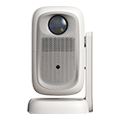
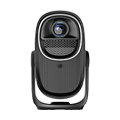
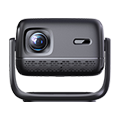
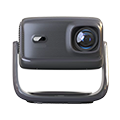
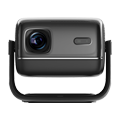
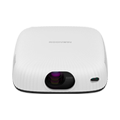
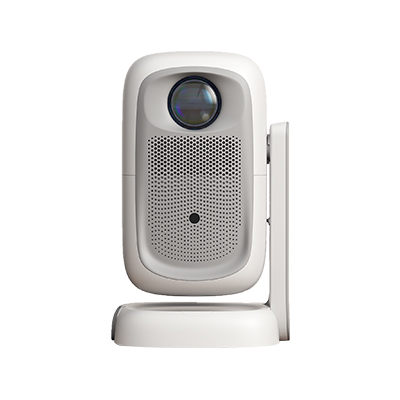
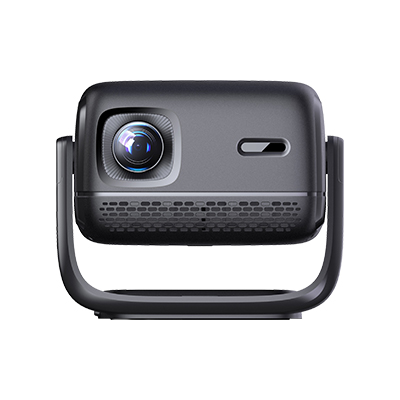
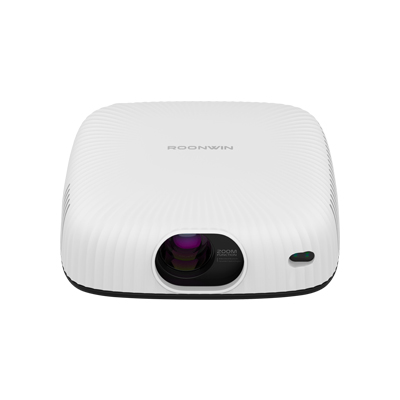









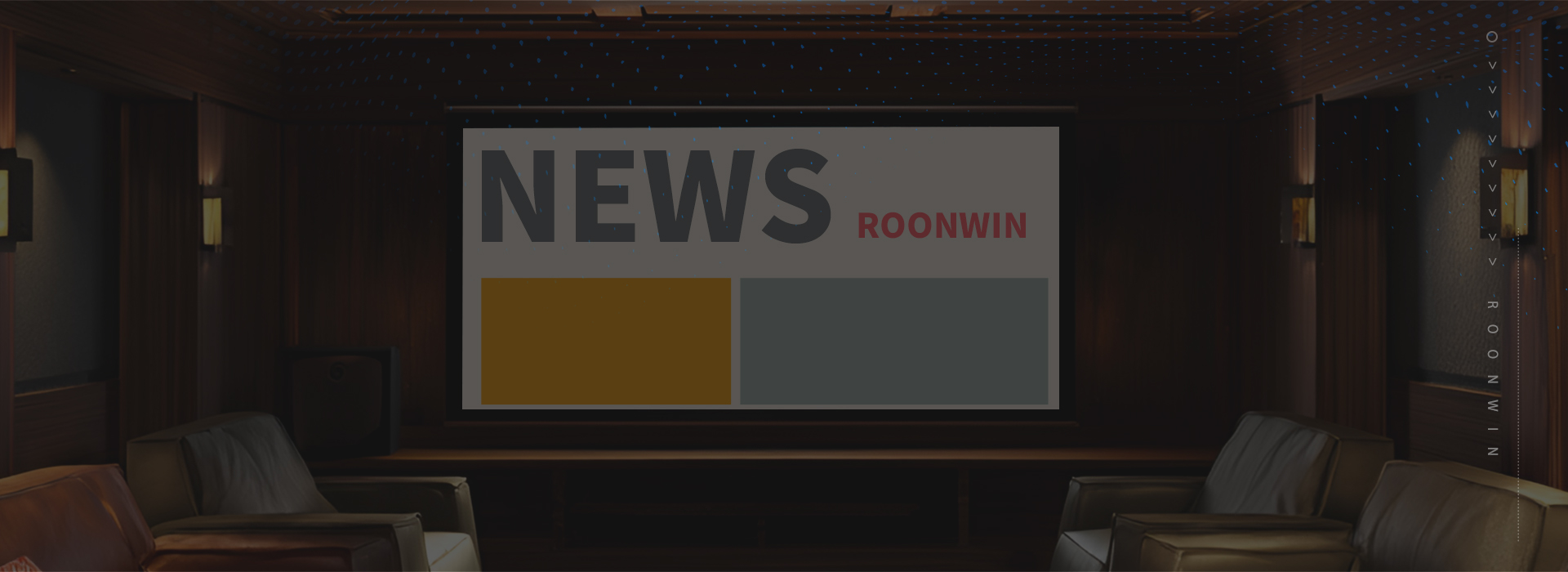
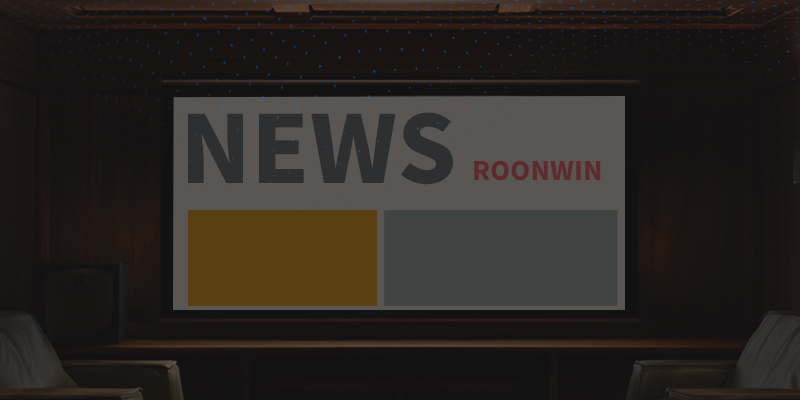
 Reviewed:
Reviewed:











